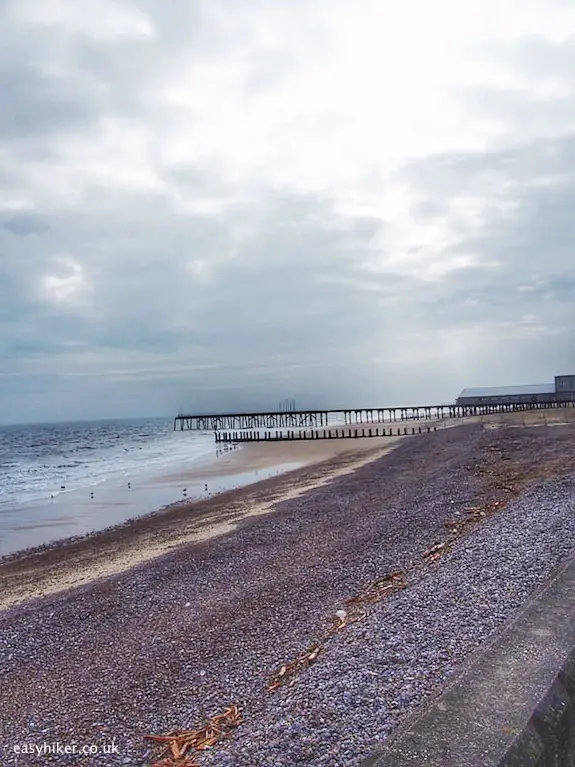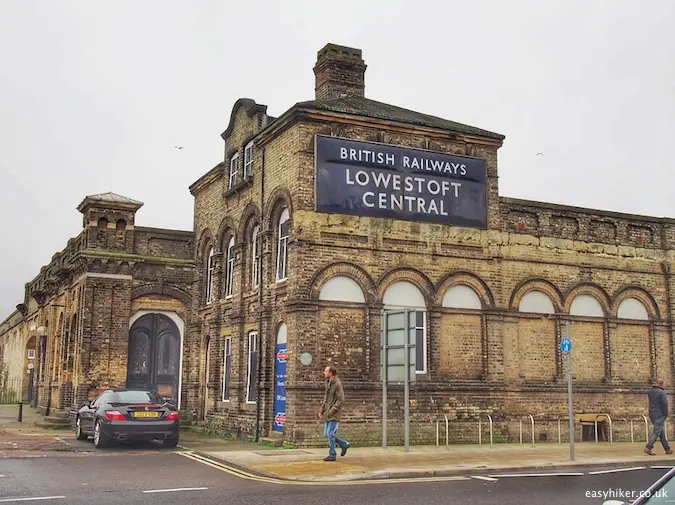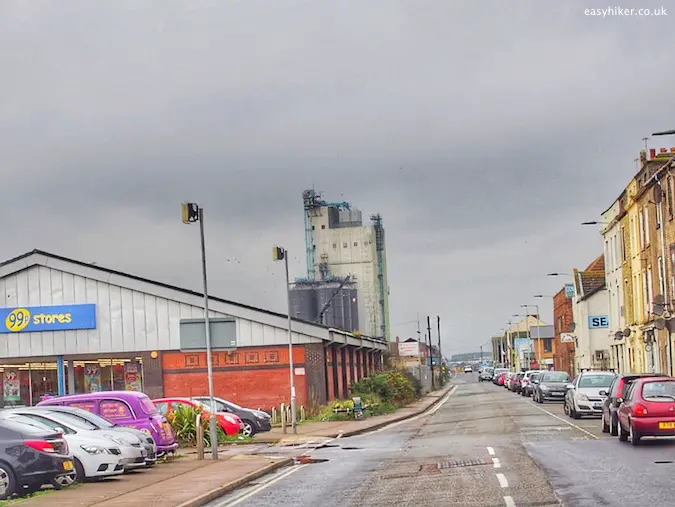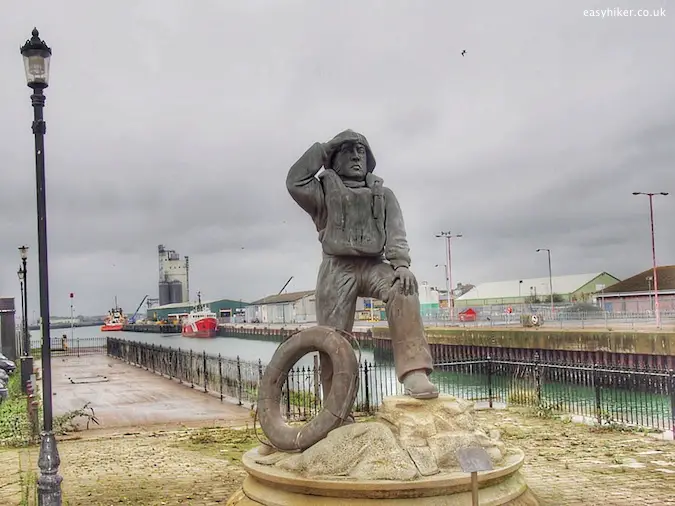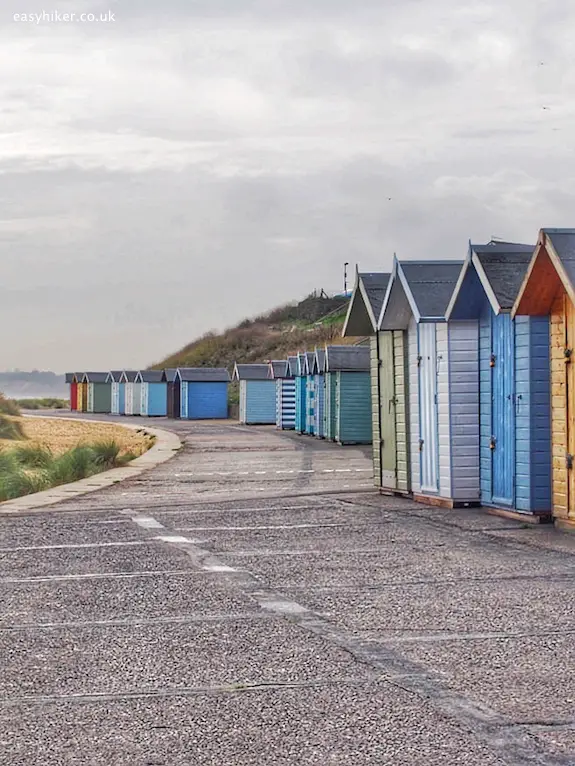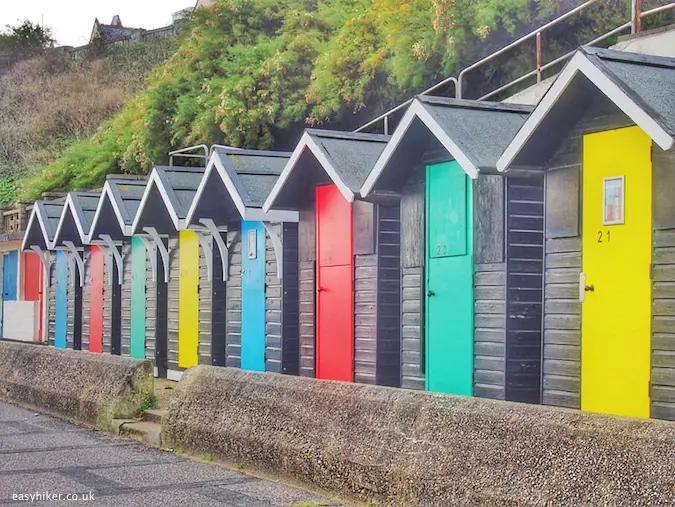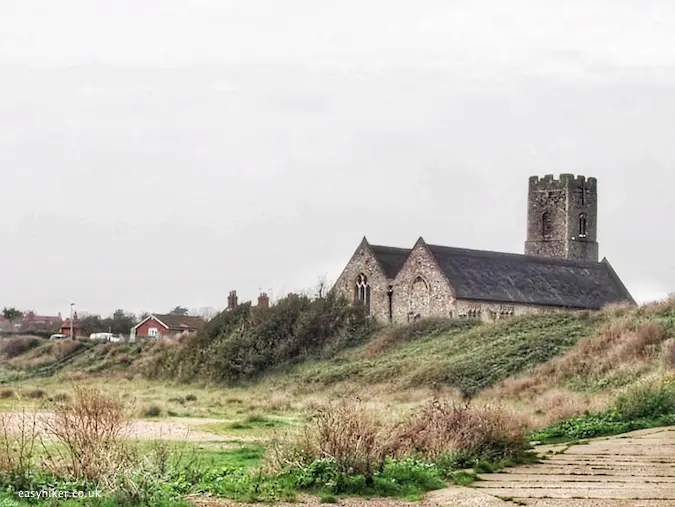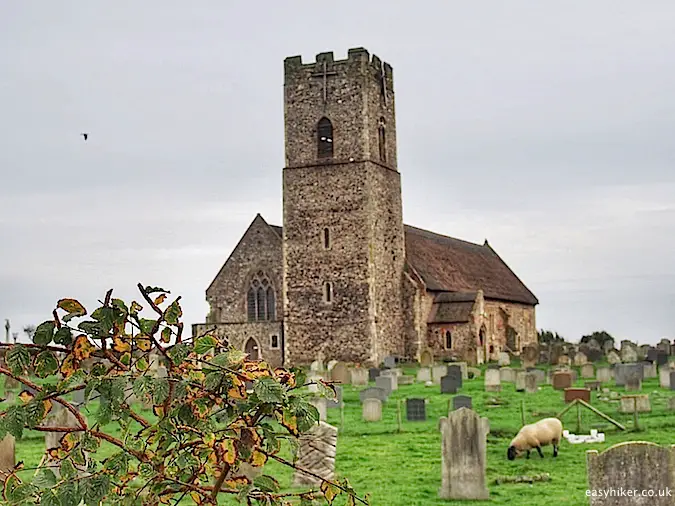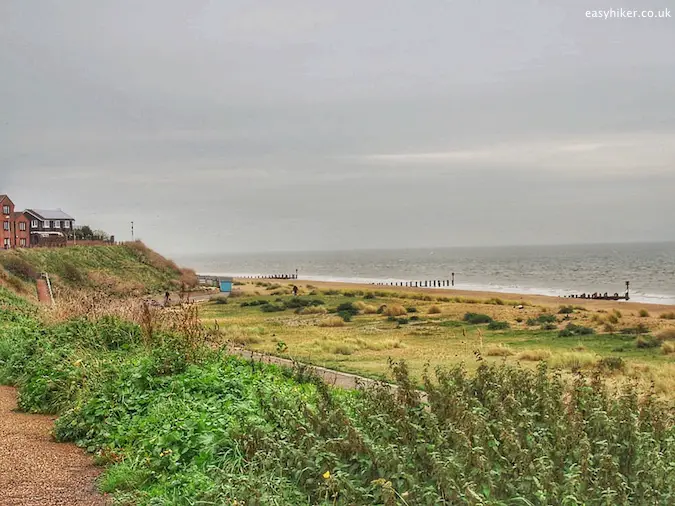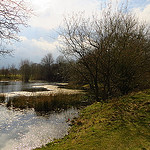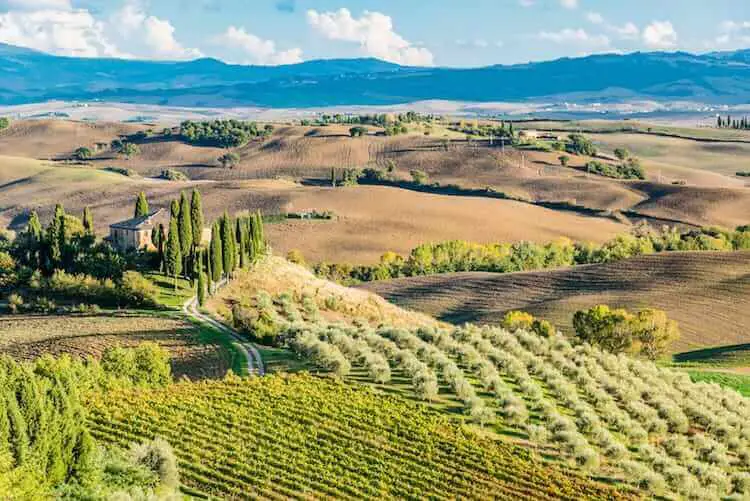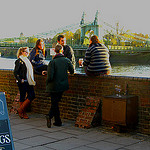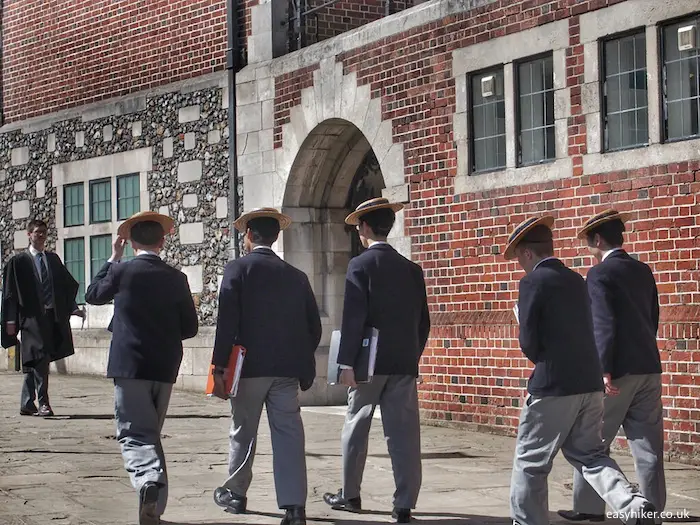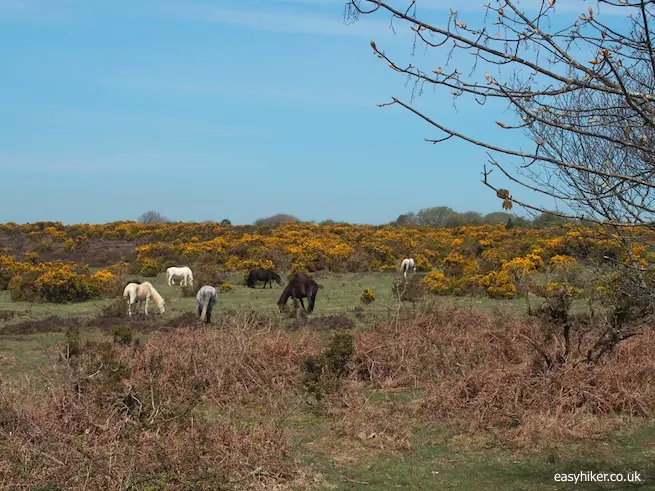Today’s post sets out to prove that, no matter how gloomy and unpromising the area (and the weather) may look, you can still have fun. Just put on your walking shoes and a raincoat – an extra layer of clothes if it’s cold – and go out for a hike or even a brief walk. Brace the wind and fill your lungs with some fresh air! You will be surprised how good that feels.
As it happens, the Suffolk Coast Path of East Anglia late in the autumn or in winter is as gloomy and unpromising an environment as you can find: which means that it is pretty much the perfect battleground for testing the above theory to destruction …
… so gloomy, in fact, that our spirits almost faltered the moment we left Lowestoft station in our quest to explore this part of the world in the footsteps of the writer W. G. Sebald and his book The Rings of Saturn.
Suddenly, the entire idea seemed absurd and foolish in the extreme. It did not help that Lowestoft station is quite a depressing sight in its own right (in The Rings of Saturn, it prompts a story about a funeral) …
… but its immediate vicinity is, if anything, even worse.
If, however, you turn right and then right again across the harbour bridge, passing this jolly fellow …
… things brighten up a bit as soon as you reach Lowestoft Pier.
Once, in Lowestoft’s heyday at the end of the 19th century, this pier was (Sebald writes) “the crowning glory of the enterprise, … exemplary in every respect, stretching 400 yards into the North Sea. (It) was considered the most beautiful anywhere along the eastern coast of England. The promenade deck was made of African mahogany planking.”
Seeing the pier today, you would not think it had this type of back story attached to it, but it still offers a nice view across the marina.
Continue in a southern direction along the beach or by the beach promenade. To Sebald, this stretch of the coast feels “as though the last remnants of a wandering tribe had settled here, at the outer fringe of the world, in the expectation of a miracle that would, looking back, justify all their hardships and wrong turns.”
This is fair enough, but the coast also provides some light relief from all this melancholy in the form of some pretty scenery …
… and can even be downright gay, in the old-fashioned sense of the word.
The first village you will come to outside of Lowestoft is Pakefield. The 12th century town church stands very close to the beach and immediately attracts attention, due to its rare and unusual thatched roof.
But if you step inside, you will see something even more peculiar, something that I had never seen anywhere else: the church has two altars, side by side, apparently (according to the info sheet that is displayed).
This is because its two medieval patrons could not quite agree to whom it should be dedicated – All Saints said one nobleman, St Margaret the other, and rather than starting a local war over this, they very sensibly agreed to cut a deal.
Sebald does not mention this, although he certainly passed along this way. It’s a pity that he did not visit the church, because that is exactly the type of story he would have enjoyed.
I am sure he would have gotten to the bottom of it and would have told you exactly who these two noblemen were and why they could not get along (one feels their disagreement over saintly matters has roots in something older and deeper).
This is one reason, of course, why Sebald would surely have won the Nobel Prize, if he had lived only ten years longer – he died at the age of 57 in a car accident – , and I will not.
Once you are here, you might as well take a look at the rest of the village. Don’t forget to say hello to Lucy and Rodney, Pakefield’s “cemetery sheep”!
Pakefield is very small, and, as you will discover, almost entirely made up of post-WWII buildings. Which is somewhat strange, considering the church is 800 years old. Where, you may ask, are all the old buildings?
Just before we were about to leave the Suffolk Coast path, we found the answer – on an info panel right next to the beach. Where are the old buildings of Pakefield?
They have all crumbled into the sea. The old village had to be abandoned in the 1930s, following a centuries long struggle. The church – now only a few meters away from the beach – once stood in the middle of the old town.
Pakefield’s fate closely resembles that of the – far more famous – town of Dunwich, which lies further down the Suffolk coast and which was, until the late 13th century, one of Europe’s most important harbour towns, rivaling London, Gdansk, Bruges and Bordeaux.
Sebald dedicates a long chapter to the story of Dunwich, following its decline from medieval prosperity to the point where it became “a place of pilgrimage for melancholy poets in the Victorian age”.
The short walk from Lowestoft to Pakefield covers the first section of a much longer route (in total roughly 50 miles to Felixstowe), called the Suffolk Coast Path. The Rings of Saturn more or less follows this route, continuing along the coast via Benacre Broad and Southwold.
Either place is well within hiking range from Lowestoft (5 km the first, add another 5 km for the latter), but the return may be tricky since the public transport network along the coast is a bit sketchy.
If you want to follow Sebald on his walk to Benacre Broad, it is probably best to take a city bus to Kessingland and to start your walk from there (a 5 km round-trip). Going anywhere beyond – on overland coaches – is far more difficult to arrange.
If you want to know more about The Rings of Saturn, I recommend this article in the Guardian and this website that allows you to trace and follow Sebald’s route.

